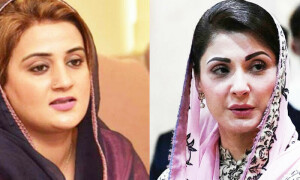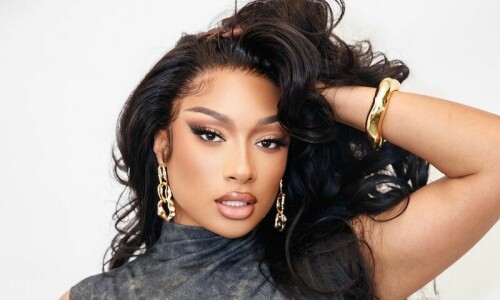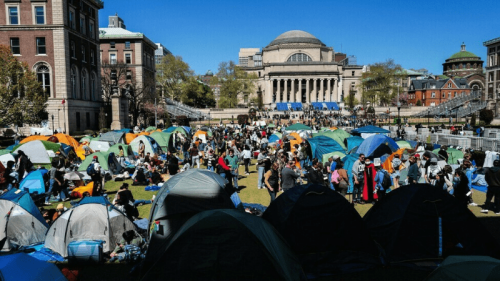ISLAMABAD: After seven years of partnerships with federal and provincial education leaders and training of more than 27,000 teachers to improve the reading skills of schoolchildren, the Pakistan Reading Project (PRP) funded by United States Agency for International Development (USAID) has ended.
Around 1.7 million children benefited from the project across Pakistan. Learning material, through the project was developed for teachers and students in Urdu, Sindhi, Balochi, Pashto, Brahui along with two other Sindhi and Balochi dialects and 7.3 million copies of it were distributed throughout the country.
Education officials from the governments of Pakistan and the United States along with USAID’s implementing partner, the International Rescue Committee, held a ceremony on Wednesday to showcase the progarmme’s success.
“One of the successes of the project was to further validate the importance of learning to read in local languages in the early grades of school. Our hope is that the project’s methodology can expand to all public schools around the country through the support of the Pakistan government and PRP’s partners. As we have seen from the schools where the project was successful, this initiative can improve the foundational reading skills of early grades’ students, which will lead to more success in the later grades,” saidDeputy Mission Director Michael Nehrbass.
Reading and learning material, developed during the project is available on the websites of education departments of Khyber Pakhtunkhwa, Balochistan, Sindh, and the Islamabad Capital Territory for free public access. It can also be downloaded free of cost from the Global Digital Library Portal, www.digitallibrary.io.
PRP’s work with provincial curriculum departments and textbook boards resulted in the adoption of Urdu and Sindhi language curricula and improved textbooks for grades one and two, which incorporate teaching instructions based on phonics, assessment, gender inclusion and equity.The project also supported development of curriculum for teacher education and training for more than 7,700 youth through tertiary education programmes. Consequently, 41pc of the teacher trainees are now employed and 21pc are pursuing higher education.
Published in Dawn, September 17th, 2020














































Dear visitor, the comments section is undergoing an overhaul and will return soon.